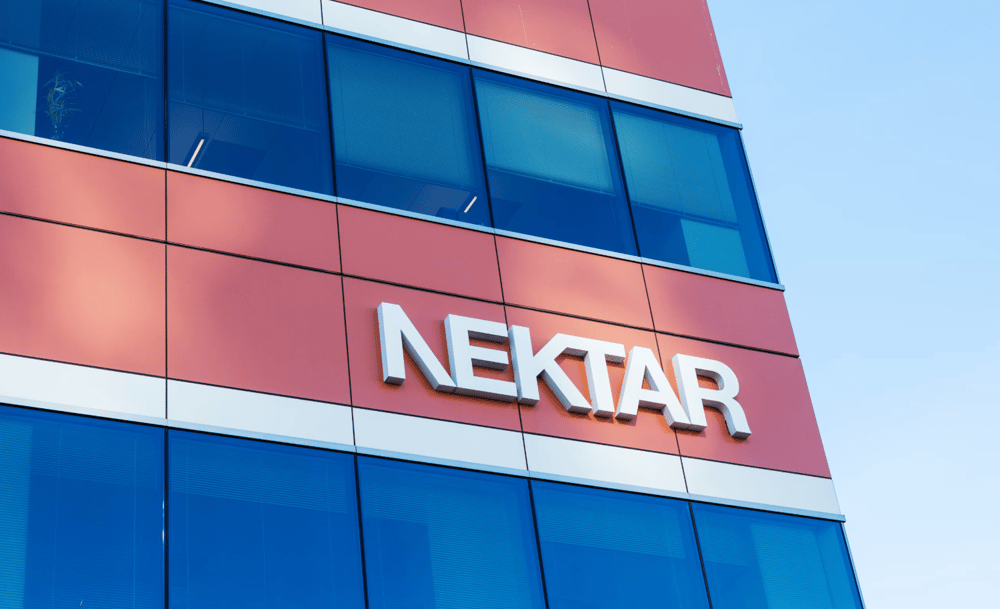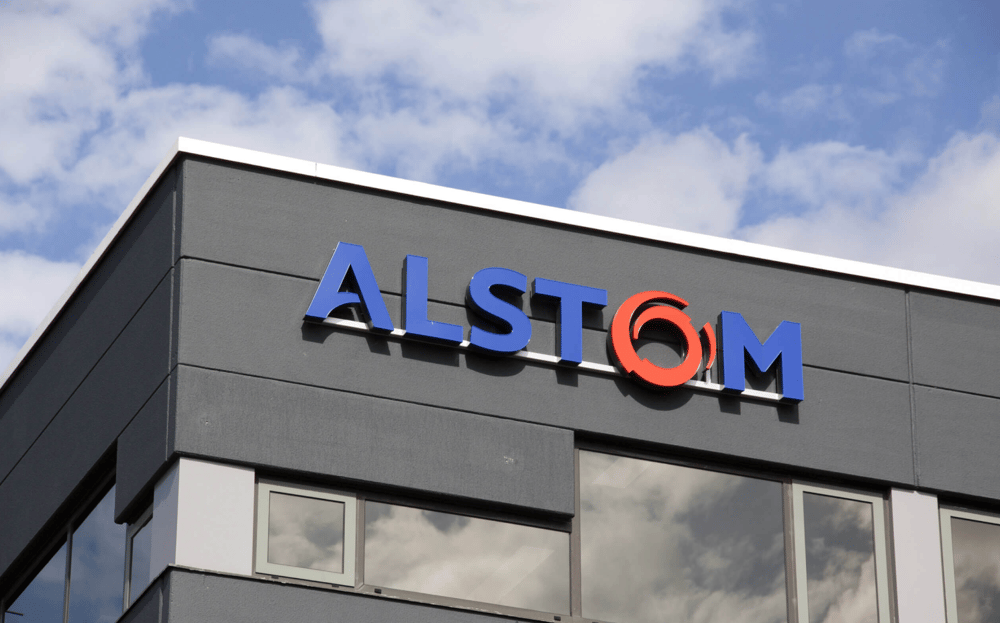Procter & Gamble Launches $1–1.6B Restructuring Plan: Operational Efficiency vs. Investor Sentiment
Procter & Gamble Co. $PG announced in early June a comprehensive two-year restructuring initiative focused on streamlining its non-manufacturing workforce. The plan includes the reduction of up to 7,000 white-collar positions, representing approximately 15% of its office-based global staff. Manufacturing roles will remain unaffected, reflecting the company’s intent to preserve core production capacity while reconfiguring administrative operations. The initiative was outlined at the Deutsche Bank Global Consumer Conference, underscoring P&G’s strategic shift toward operational efficiency in the face of a slowing consumer environment and rising input costs. The cuts are expected to be distributed across business units and geographies, though specific segment-level details remain undisclosed.
Financial Impact: Restructuring Charges to Be Spread Over Two Years
P&G estimates that the restructuring will result in total pre-tax charges of $1 billion to $1.6 billion, to be recognized in its financial statements over the next 24 months. These costs will primarily stem from severance packages, organizational realignment, and associated administrative overhead. The expected savings from workforce reduction are likely to be realized gradually, with limited immediate margin expansion. However, management appears focused on medium-term cost discipline and structural simplification to improve competitiveness in mature markets and reinvest selectively in growth areas.

Immediate Market Reaction and Valuation Implications
Since the announcement, PG stock has declined by approximately 3%, as of June 24. The shares are now trading nearly 4% below their January levels, reflecting a cautious investor response to the planned operational overhaul. The market’s reaction suggests concern over near-term earnings dilution due to restructuring costs, as well as broader skepticism about consumer discretionary strength and pricing power in P&G’s product categories.
Investor Focus Points
Timing and phasing of cost recognition vs. realized savings;
Impact on SG&A ratios, particularly in developed markets;
Potential for reinvestment in digital infrastructure, supply chain, and emerging markets;
Signaling effect of headcount cuts amid ongoing macroeconomic fragility;
Implied confidence in sustaining revenue growth despite organizational downsizing.
Broader Context: Efficiency Over Expansion
P&G’s announcement reflects a broader trend among multinational consumer goods companies shifting from volume-driven growth to cost-optimized operations. With post-pandemic inflationary pressures compressing margins and consumer preferences fragmenting, large-cap staples are increasingly focusing on internal productivity gains. For Procter & Gamble, which has already undergone several portfolio and structural adjustments in the past decade, this marks a continuation of its long-term efficiency agenda. The current wave of layoffs appears aimed at reducing structural redundancy and enabling faster execution, particularly in brand management, digital operations, and regional headquarters.

Outlook: Managing Expectations in a Transition Period
While the plan reinforces management’s focus on long-term competitiveness, it introduces a transitional phase likely to pressure earnings visibility. With the full financial impact yet to materialize, analysts may revise forecasts as further details emerge in upcoming quarterly results. If executed without disruption to innovation cycles and market responsiveness, the program could support margin stabilization and free cash flow improvement by fiscal 2026. However, sustained performance will depend on P&G’s ability to reallocate resources effectively and navigate shifting consumer demand in core categories such as hygiene, home care, and beauty.















Comments
It's a tough but necessary move for P&G to adapt and stay competitive in a changing market.
Tough decisions ahead for P&G, but streamlining could bolster efficiency in challenging times.